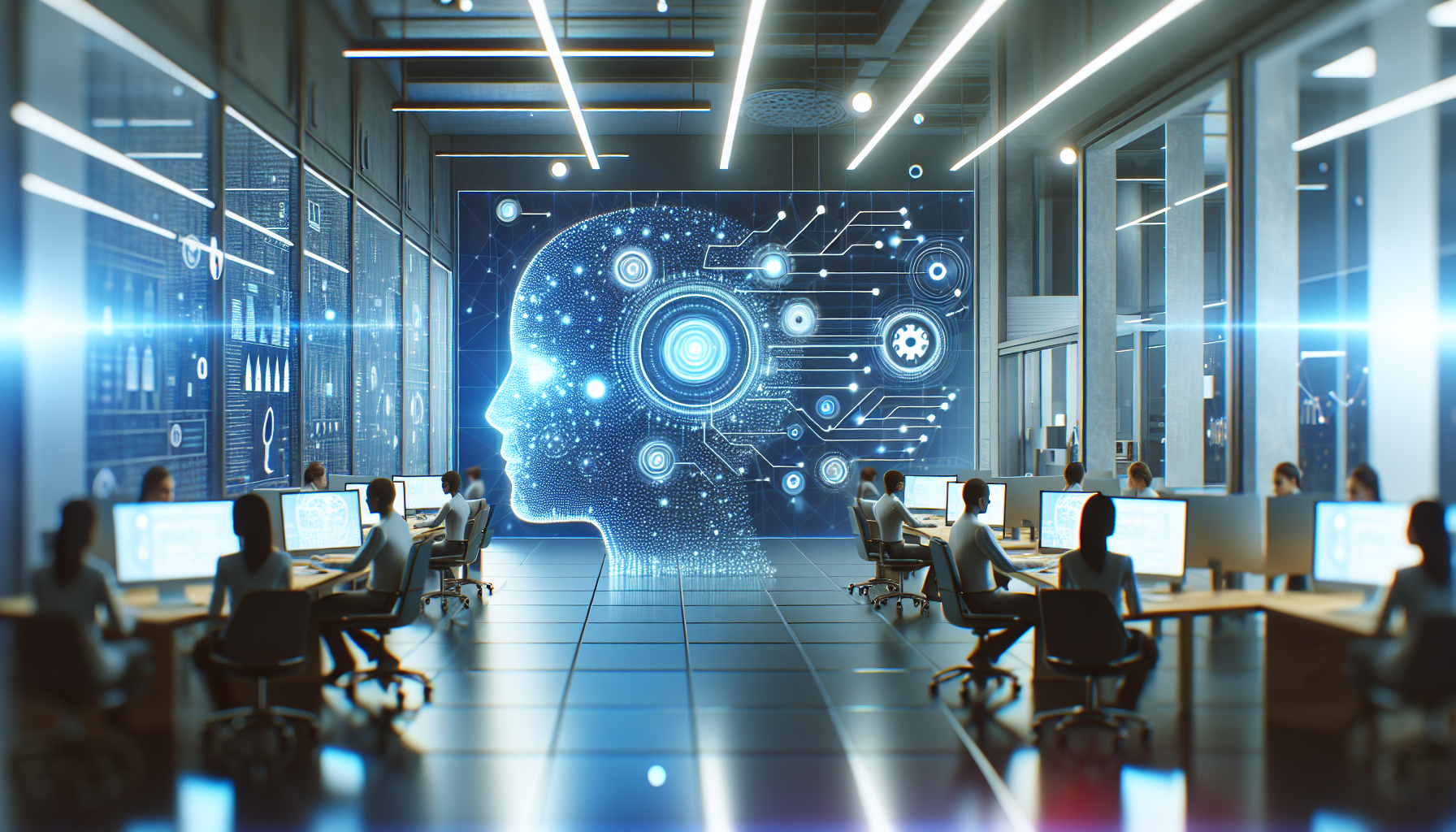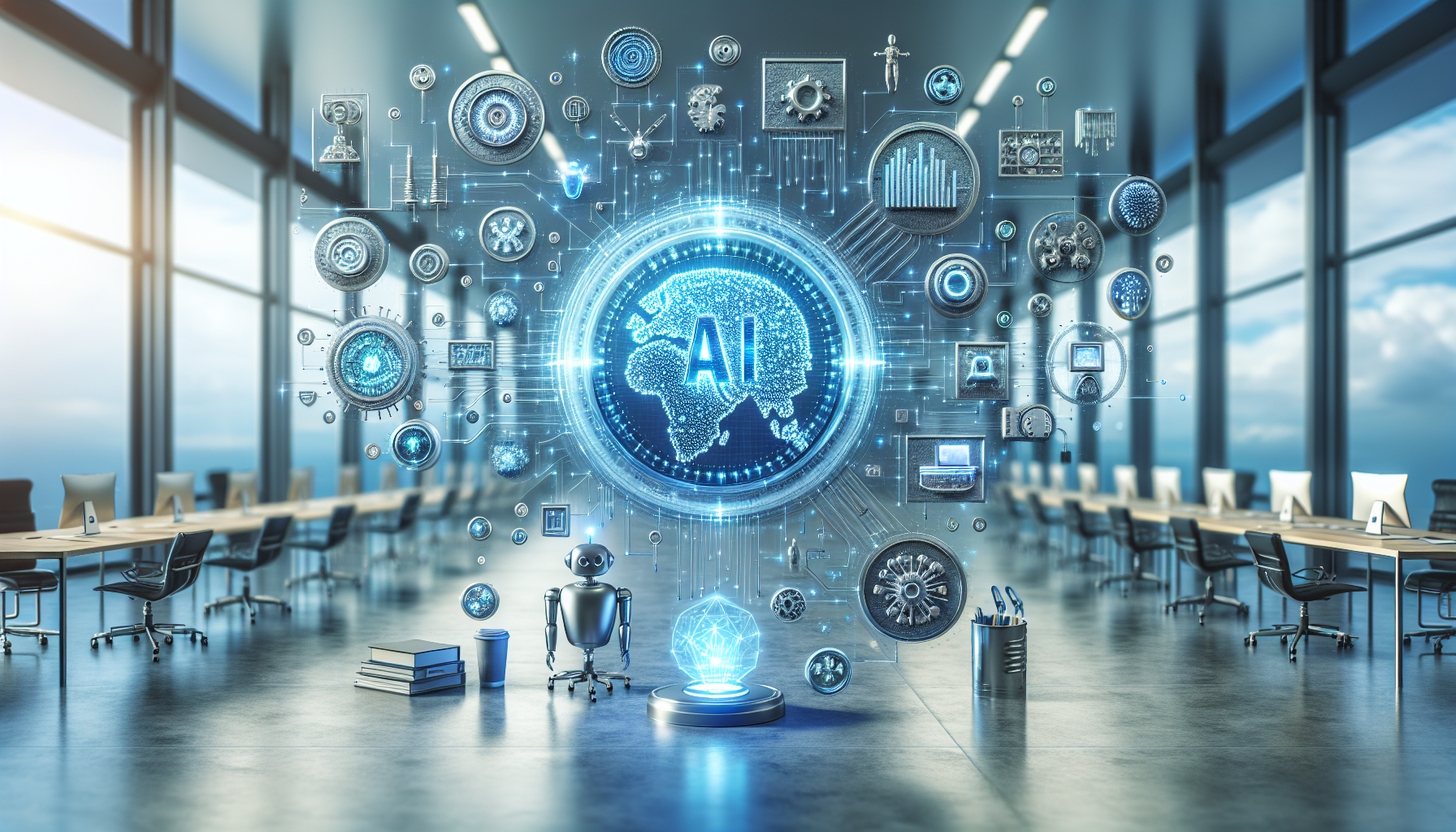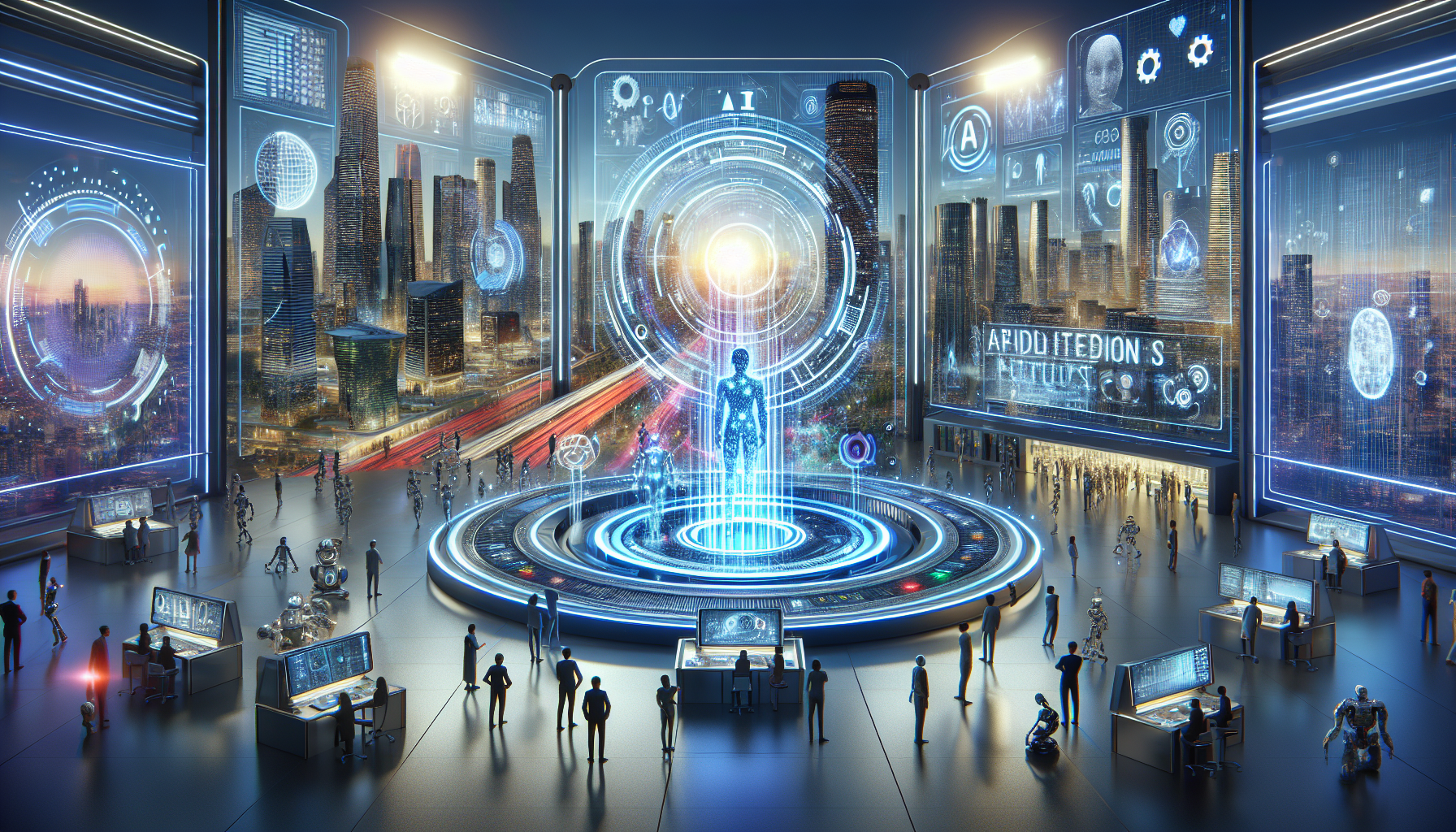
How AI is Shaping Smart Cities: A Comparative Look at Global Innovations
November 14, 2025
Imagine stepping into a city where traffic flows effortlessly, energy consumption is optimized, and public services anticipate your needs before you do. This isn’t the stuff of science fiction anymore, but the reality crafted by the invisible hand of artificial intelligence. Today, let’s dive into how AI is transforming urban landscapes and compare different cities that are leading the charge in becoming truly "smart."
When we talk about smart cities, we’re talking about urban areas that leverage technology to improve the quality of life for their residents. AI plays a pivotal role in these cities, acting as the brain behind operations. From traffic management to waste disposal, AI systems are making cities more livable, efficient, and sustainable.
Take Barcelona, for instance. Known for its vibrant culture, it’s also a pioneer in smart city initiatives. Barcelona has implemented a network of sensors across the city to monitor air quality, traffic, and energy consumption. These sensors feed data into AI systems that analyze the information in real-time, enabling the city to optimize resource use and reduce pollution. It’s like having a citywide neural network that’s always learning and adapting.
On the other side of the globe, Singapore has taken smart city development to new heights. Here, AI is deeply integrated into urban planning. The city-state employs AI to simulate and predict the impact of new infrastructure projects on traffic and the environment before they’re built. This foresight helps Singapore maintain its reputation for seamless transportation and efficient public services. It’s a bit like having a crystal ball that guides urban development to avoid future congestion and environmental issues.
Meanwhile, in the United States, cities like San Francisco are harnessing AI to tackle one of the most pressing urban challenges: housing affordability. By analyzing data on housing trends and economic factors, AI systems help city planners understand market dynamics and predict future housing needs. This predictive power supports the development of policies that aim to make housing more accessible to a diverse population.
But AI's role in smart cities isn't just about efficiency and planning. It's also about enhancing safety and quality of life. In Tokyo, for example, AI-driven security systems use facial recognition technology to monitor public spaces for suspicious activity, ensuring a safer environment for residents and tourists alike. While privacy concerns are a natural part of this discussion, the technology is designed to operate within strict legal frameworks to protect individual rights.
One fascinating aspect of AI in smart cities is how it’s used to engage with residents. In Amsterdam, AI-powered chatbots provide round-the-clock assistance to citizens, answering questions about public services and city events. This not only improves accessibility but also frees up human resources for more complex tasks, making city operations more efficient.
Of course, the integration of AI into urban environments doesn’t come without its challenges. There’s the ever-present concern of data privacy and the ethical implications of AI decisions affecting human lives. Cities must navigate these waters carefully, establishing clear guidelines and transparent practices to ensure that AI systems serve the public good without infringing on individual freedoms.
As we compare these different implementations, one thing becomes clear: there is no one-size-fits-all model for smart cities. Each urban area has its unique challenges and opportunities, and the role of AI must be tailored to fit these specific contexts. Whether it's improving traffic flow in Barcelona, planning infrastructure in Singapore, or ensuring safety in Tokyo, AI is proving to be an indispensable tool in the urban planner's toolkit.
The future of smart cities is not just about adapting to technology but about technology adapting to us. As AI continues to evolve, it will likely open up even more possibilities for urban innovation, pushing the boundaries of what we consider a "smart" city to be.
So, here’s a question worth pondering: As AI continues to reshape our cities, how can we ensure that these technological advancements serve everyone equally, enhancing quality of life without widening existing social gaps? The answer may lie in the collaborative efforts of policymakers, technologists, and communities working together to envision a future where technology truly benefits all.


